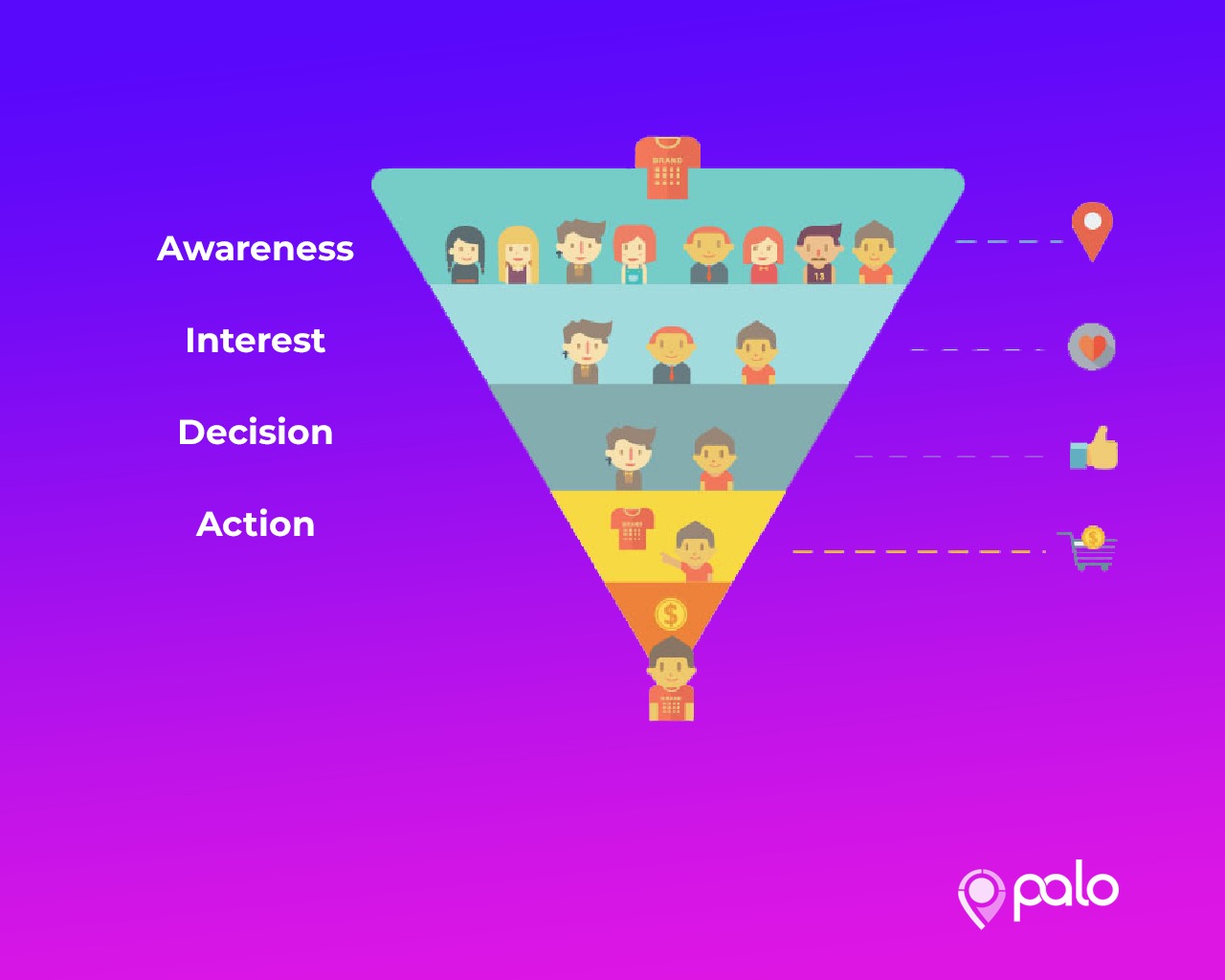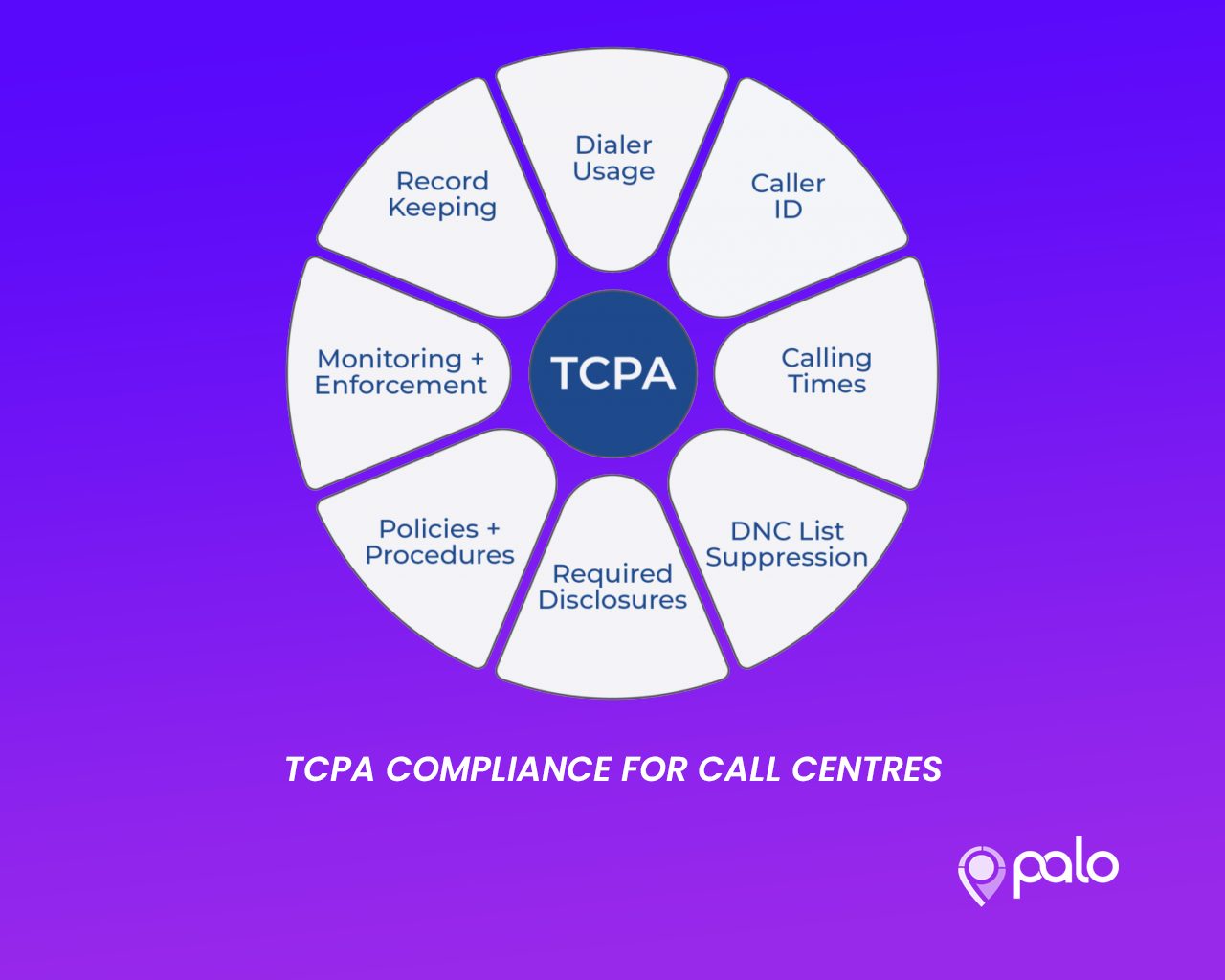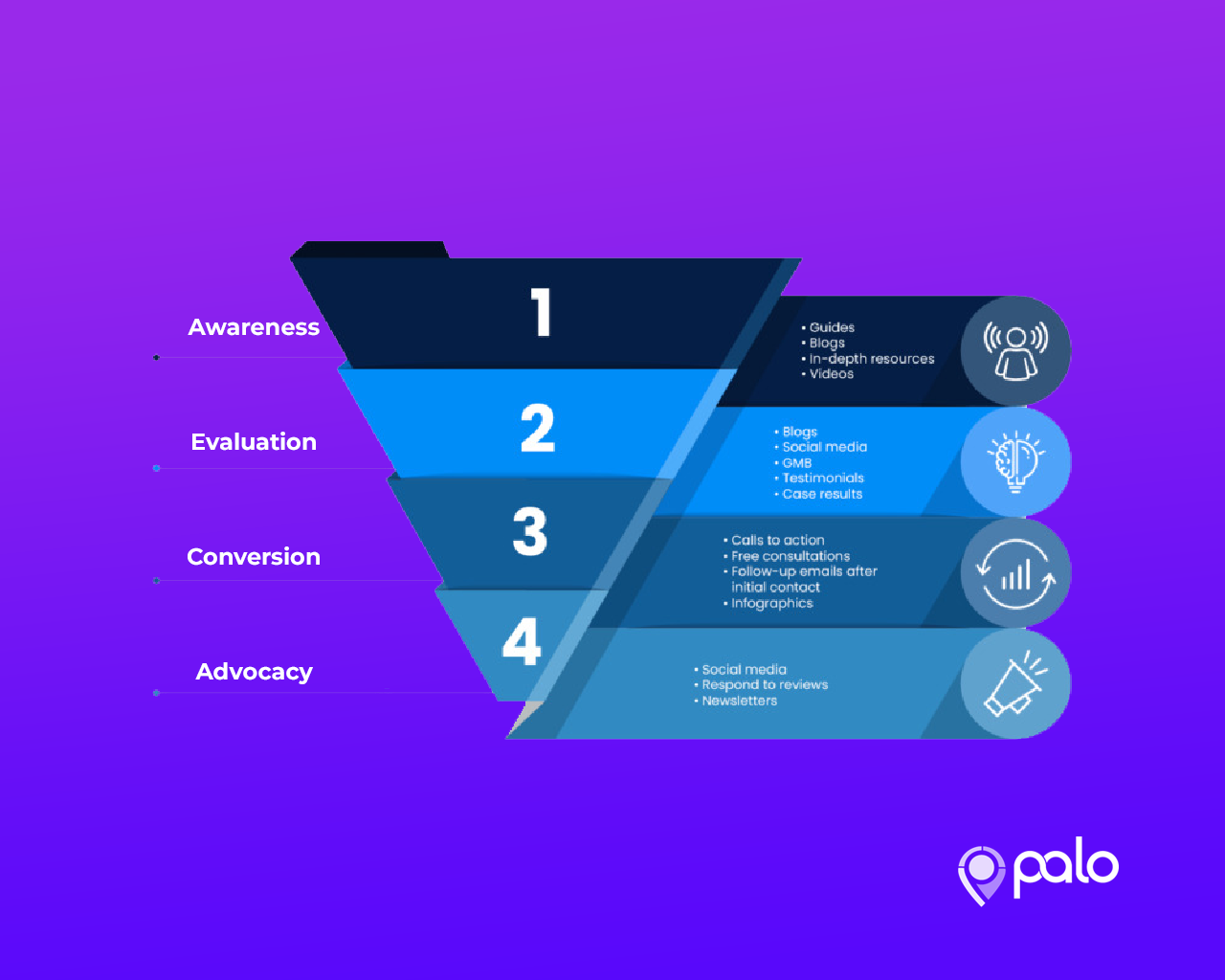
10 Essential Call Center Metrics and KPIs to Measure
A call center plays a critical role in providing better customer service. Call center agents are trained to manage large volumes of calls daily providing efficient, tailored, and real-time support that ultimately boosts customer satisfaction and loyalty.
Success often depends on many factors, including individual agent abilities, the technology available, and the overall call center training and administrative practices.
However, in the midst of all that, you still need to find a way to measure the effectiveness of your call center services. That is where key performance indicators (KPIs) and metrics come into play.
Monitoring key metrics and outlining specific KPI to your call center agents can help you assess what works well and what needs improvement.
Below we discuss the top 10 key call center metrics and KPIs to measure. Read on to learn more.
1. Net Promoter Score
The Net Promoter Score (NPS) portrays how customers feel about your services. This metric is designed to measure the loyalty level you command among your customers which serves as a barometer for brand awareness.
With NPS, you can easily sum up customer responses to one question, “On a scale of 1 to 10, how likely are you to recommend this business to a friend?”

You then separate customer responses into three categories:
- Promoters – Customers who select 9-10 and openly recommend your brand.
- Passives – Those who give a score of 7-8. They take a neutral position since they neither actively promote your brand nor say anything negative about it.
- Detractors – These customers score 6-0, meaning they are unsatisfied or unhappy with your business.
You get the actual NPS score by subtracting detractors from promoters (NPS= %promoters – %detractors). The resulting figure is an accurate indicator of customer satisfaction.
2. Customer Satisfaction Score
Customer satisfaction score (CSAT) measures the level of customer satisfaction among your customer base. Are customers satisfied with your brand? CSAT scores are calculated by asking customers to complete a survey, rating their overall experience with the call center.
CSAT surveys follow several methodologies since every call center runs differently, so each business may ask different questions and measure responses differently.
One way to accomplish this is by asking customers to rate their satisfaction levels on a scale of one to five, ranging from very unsatisfied to very satisfied.
The number of satisfied customers from the total number of responses is your CSAT score.
Remember, there’s no perfect score because there is no standard method of measuring CSAT. Consider developing a model that correctly replicates your CSAT to make better decisions and take measures to increase the overall score.
3. Customer Effort Score
Customer Effort Score (CES) is a significant call center KPI that measures the amount of effort customers need to put in to get useful help from your call center. The more effort they have to make, the more negative their feelings about your call center and company.
Calculating CES is easy. You ask customers how difficult it was to handle their issue on a scale of one to five, with five being very easy and one very difficult.

You then subtract the percentage who rated it as easy from those who rated it as difficult to get your CES score.
Aim to achieve a high CES because it implies many customers find your company easy to work with.
4. Customer Churn Rate
Customer Churn Rate (CCR) is a KPI that shows the number of customers who have stopped using your services within a particular period.
To calculate CCR, you divide the number of customers lost during a specific period by the number of customers you had at the beginning of the period multiplied by 100.
A high CCR indicates that customers are less satisfied with your service, likely because of poor communication or unresolved issues.
Agent performance significantly helps to lower CCR. Call agents are the face and voice of your call center, and their ability to resolve customer complaints effectively can help reduce the customer churn rate.
5. Average Handle Time
Average handle time (AHT) shows how long an agent(s) takes to assist a caller. Some call centers estimate AHT from when a caller reaches the agent to when they disconnect, while others include the time taken to finish post-call roles, such as filing forms or updating the CRM.
Generally, the lower your AHT, the better. However, an AHT that is too low could indicate something is wrong.

Callers value quick service but dislike calling twice about the same issue. So, you must strive to achieve the best outcome within the shortest time possible.
AHT helps you create standards for how long agents should take to resolve an issue and measure each agent against those set standards. Those who spend too little or too much time on calls may need extra training or coaching.
6. Average Speed of Answer
The Average Speed of Answer (ASA) measures how quickly an agent resolves customer issues.
It may sound similar to AHT, but this KPI refers to the total time an agent takes to find a solution to a customer’s problem, not the duration between when the agent answers inbound calls to its end.
Strive to keep ASA short. You can do this by working with more knowledgeable and experienced agents because they are familiar with a broad range of solutions that can quickly answer a customer’s question.
7. First Response Time
First Response Time (FRT) can be likened to a customer’s first impression of your call center. It measures the average time a customer waits before speaking with an agent.
To calculate FRT, divide the total wait time by the number of calls. A high FRT could imply a problem with technology capabilities or staffing levels.

A low FRT, on the other hand, shows that customers are more likely to be satisfied with the experience. So, try to keep your FRT as low as possible.
8. First Call Resolution
First Call Resolution (FCR) counts the number of times an agent addressed the caller’s issue within the initial call without needing a transfer, escalation, pause, or return call.
In essence, it reveals how frequently you produce the best results.
Try to keep your FCR high because customers are upset when they have to call several times to get an issue fixed, which might affect future business with you.
You may calculate repeat call rate (RCR), which provides an opposite perspective on FCR. RCR counts the number of customers who needed more than one call to fix their issues instead of counting the number of customers whose issues were addressed on the initial call.
9. Percentage of Calls Blocked
The percentage of calls blocked shows the number of inbound callers who receive a busy tone. You should lower this number as much as possible to ensure all customers can reach you.
A busy tone negatively affects customers’ experience, which can sabotage your relationship with them.

Having many blocked calls could suggest that you need to raise staffing levels, boost agent productivity, or reconfigure the underlying technology to handle your present call volumes.
10. Average Abandonment Rate
The average abandonment rate estimates the number of incoming calls hung up before an agent answers. Some callers hang up when waiting in the queue or when listening to the menu options.
So, this is another metric you want to zero-rate as much as possible. High average call abandonment rates result from the same issues that lead to a high percentage of calls blocked- understaffing, poor performance, technology, and poor processes.
The goal is to use every abandoned call as an opportunity for improvement. Reflect on what is causing the problem and use the insights to improve customer experience.
Maximize Your Operational Efficiency with Call Center KPIs and Metrics
The above KPIs are a great starting point for ensuring your call center runs smoothly. They can help you determine how efficient your agents are or whether your IVR system works as it should.
Remember that the key to exploiting KPIs is focusing your metrics on specific, measurable goals. Instead of broadly seeking to know whether customers like your service, you should start sending CSAT surveys.
At PALO, we believe in helping businesses scale and realize their full potential through pay-per-call solutions. We understand the importance of KPIs in measuring and improving pay-per-call campaigns.
Contact us today to learn more about our offers and how we can help your business move to the next level.






